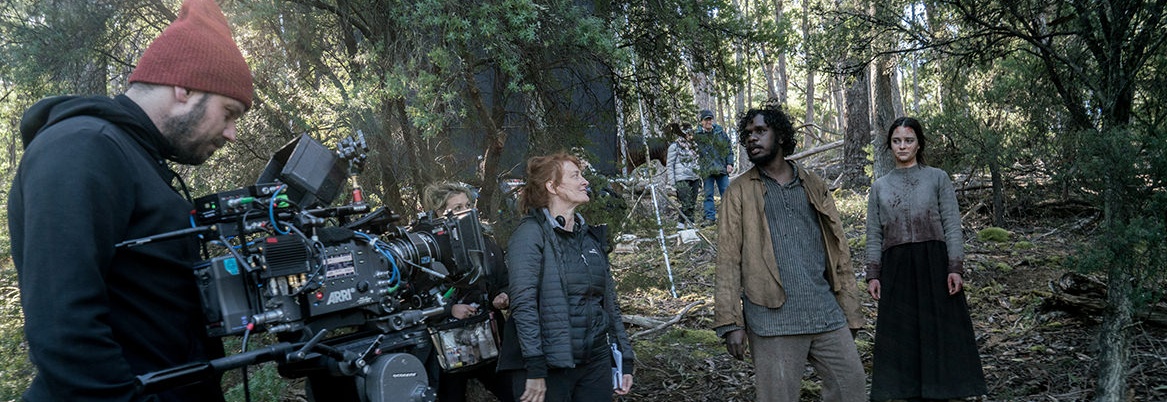Glossary of terms
The following are some terms you may come across during the application process with a brief explanation. This glossary will be updated periodically to ensure clarity of the application process.
Core Project Terms
| Term | Meaning |
|---|
| Project | The digital game being proposed for development, referred to across funding cycles as a whole product. |
| Stage of Development | The current phase of the game—e.g., concept, prototype, vertical slice, beta, or full production. |
| Logline | A one-sentence summary that captures the essence of the game. |
| Synopsis | A short narrative overview of the game’s story, themes, and gameplay experience. |
| Cultural Engagement | How the game reflects, includes, or engages with cultural themes, communities, or heritage. |
| Indigenous Content | Material that draws from or represents Aboriginal and Torres Strait Islander cultures. Requires consultation and appropriate permissions. |
| Generative AI |
Use of AI tools to create assets (e.g., art, music, dialogue). Must be disclosed due to ethical and copyright considerations.
|
Applicant Information
| Term | Meaning |
|---|
| CV | Curriculum Vitae of key creatives or developers, highlighting relevant experience and past projects. This is used to assess the criterion Professional Record. |
| Individual | A sole applicant—typically a freelance practitioner. |
| Organisation | A registered business entity applying for funding - e.g an Australian registered company with an ABN. |
Documentation Types
| Term | Meaning |
|---|
| Pitch Deck | A visual presentation used to pitch the game to funders or investors. Includes top level information. Screen Australia have an excellent template to refer to. |
| Development Plan | A timeline and strategy for executing the game, including milestones, team roles, and deliverables. |
| Game Development Document (GDD) | A living blueprint detailing gameplay mechanics, story, art style, tech stack, and production timeline. |
| Concept Documents | Early-stage materials that outline the game’s core idea, genre, and unique selling points. |
| Proof of Concept or Beta Content | Playable demos or prototypes that demonstrate the game’s mechanics or visual style. |
Financial and Planning Documents
| Term | Meaning |
|---|
| Finance Plan | A high-level overview of the sources of money funding your game. (e.g., grants, private investment, publisher advances). |
| Budget | A detailed estimate of costs across all stages of development—staffing, software, marketing, etc. |
| Recoupable | Funding that must be repaid from future revenue. |
| Non-Recoupable | Funding that does not require repayment. |
| Other Financial Support | Any additional funding or resources from other sources (e.g., crowdfunding, sponsorships, tax offsets). |
| In-kind | Contribution of goods or services other than money to the project (e.g. labour voluntarily contributed to the project without an expectation of repayment). This can be calculated as an equivalent financial contribution in your finance plan. |
Audience and Market
| Term | Meaning |
|---|
| Identified Target Audience | The demographic or player segment the game is designed for (e.g., teens, casual mobile gamers, strategy enthusiasts). |
| Evidenced Target Audience: | Data-backed insights (e.g., market research, player analytics) that support the viability of the target audience. |
| Marketing and Distribution | Plans for promoting and releasing the game—social media strategy, trailers, PR, and platform partnerships. |
| Platforms and Revenue | Intended platforms (e.g., PC, console, mobile) and monetization models (e.g., premium, freemium, ads, DLC). |
| Marketplace Attachment | A confirmed agreement or interest from a distributor, publisher, or platform. |
Eligibility and Restrictions
| Term | Meaning |
|---|
| Ineligibility | Conditions that disqualify a project from applying. |
| Retrospective Funding | Funding sought for work already completed. This is measured from the date of application and does not restrict the applicant from working on the project during the assessment process. Consideration of the assessment process should be included in the development timeline in application's Development Plan. |
Please contact Screen Tasmania with any questions.
